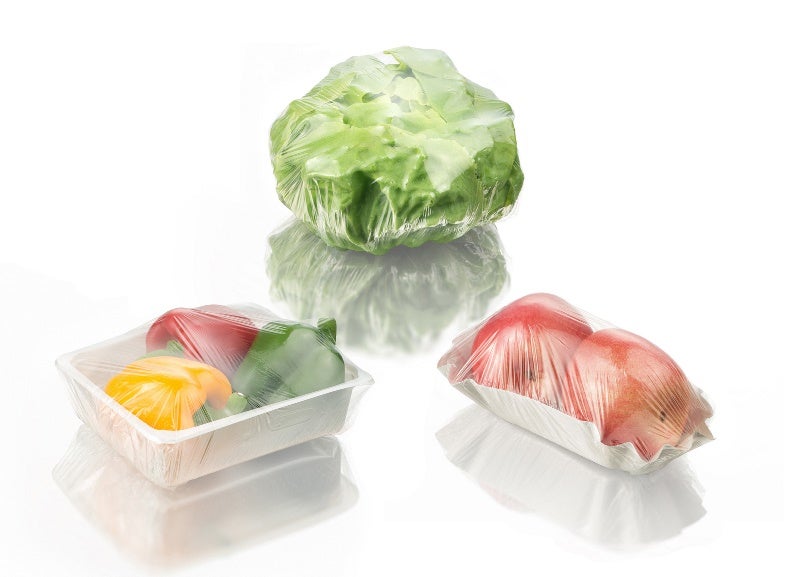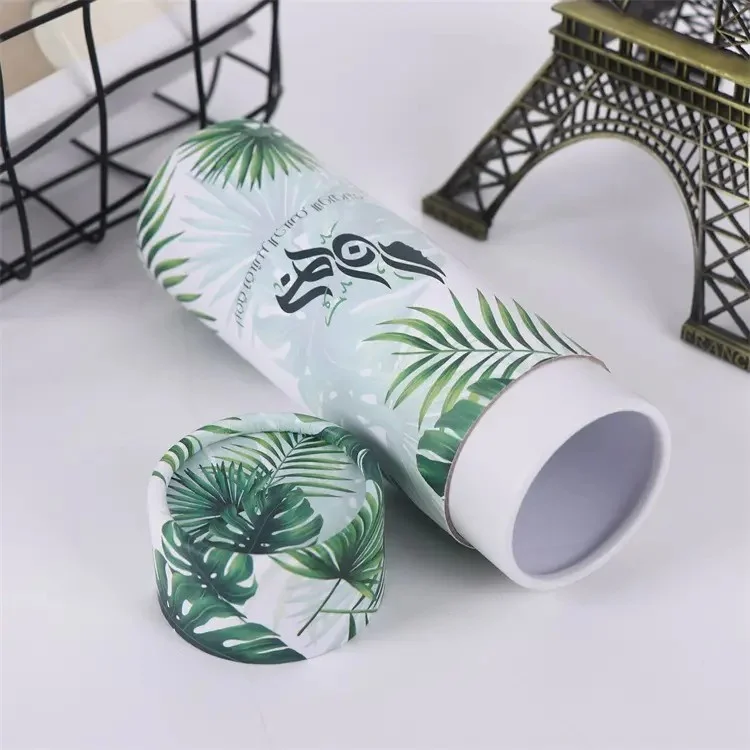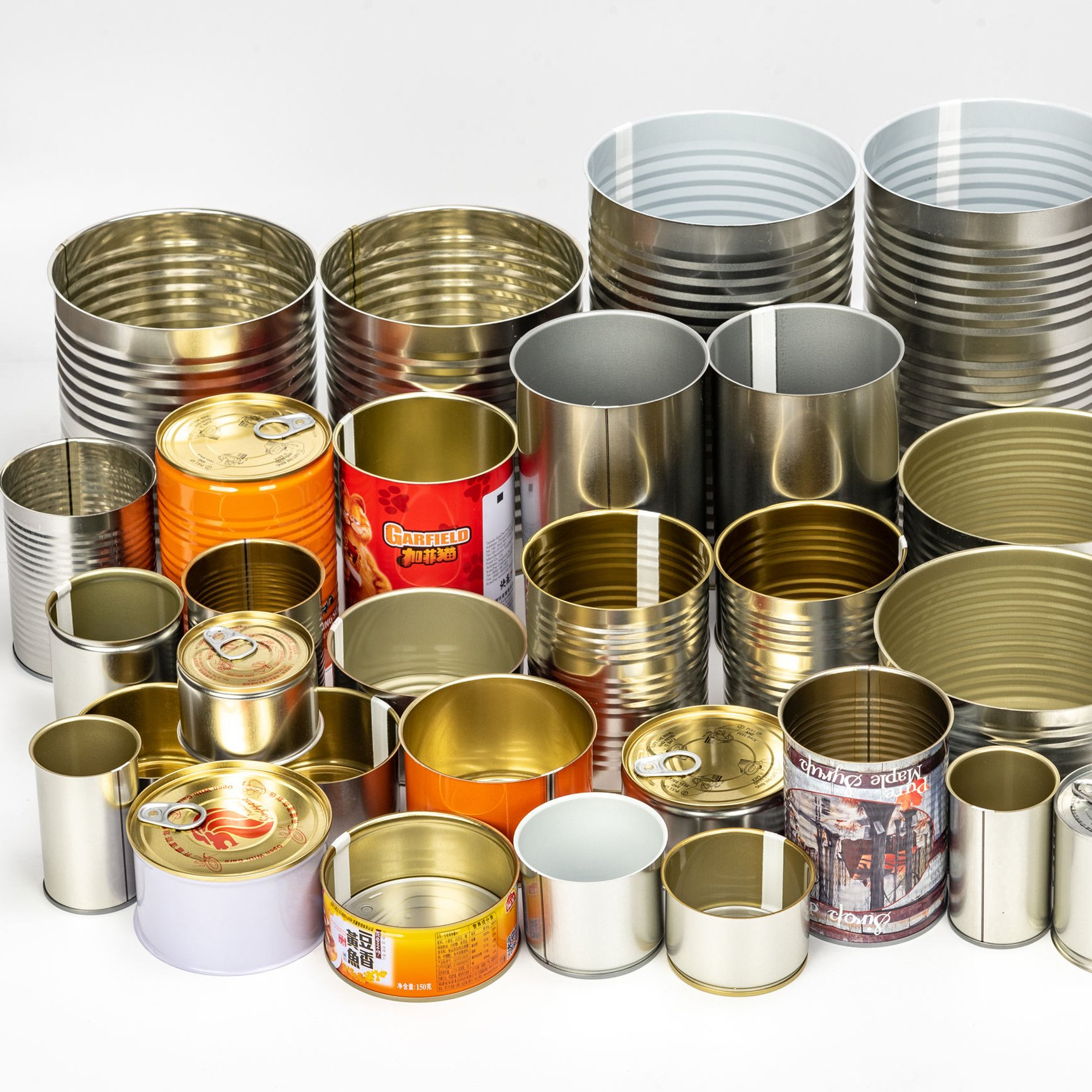When it comes to choosing between HDPE (High-Density Polyethylene) and PVC (Polyvinyl Chloride), cost is often a major factor. Both materials are widely used in various industries, including construction, packaging, and agriculture. However, which one is cheaper?
First, let's take a look at the production cost. HDPE is made from petroleum, while PVC is made from salt and oil. The price of petroleum is generally higher than that of salt and oil, which means that the production cost of HDPE is higher than that of PVC. However, the cost of raw materials is not the only factor that affects the final price of the products.
The manufacturing process also plays a role in determining the cost. HDPE is easier to manufacture than PVC, which requires more complex processing. This means that the labor cost for producing HDPE products is lower than that for PVC products. Additionally, HDPE is more durable and requires less maintenance than PVC, which can save money in the long run.
Another factor to consider is the market demand. HDPE is more commonly used in industries such as water and gas distribution, where its strength and durability are highly valued. PVC, on the other hand, is often used in applications such as pipes for drainage and electrical wiring. The demand for each material varies depending on the industry, which can affect the price.
In general, HDPE is more expensive than PVC in terms of raw material cost, but the lower labor cost and higher durability can make it a more cost-effective option in the long run. However, the final price of each material depends on various factors, including the manufacturing process, market demand, and location.
In conclusion, the answer to the question which is cheaper: HDPE or PVC? is not straightforward. It depends on the specific application, market demand, and other factors. When choosing between the two materials, it is important to consider not only the initial cost but also the long-term cost and benefits.



